DNA Analysis in 3,600-Year-Old Chinese Mummies Reveals World's Oldest Cheese
DNA Analysis in 3,600-Year-Old Chinese Mummies Reveals World's Oldest Cheese
DNA Analysis in 3,600-Year-Old Chinese Mummies Reveals World's Oldest Cheese
Oct 7, 2024
Oct 7, 2024
Oct 7, 2024
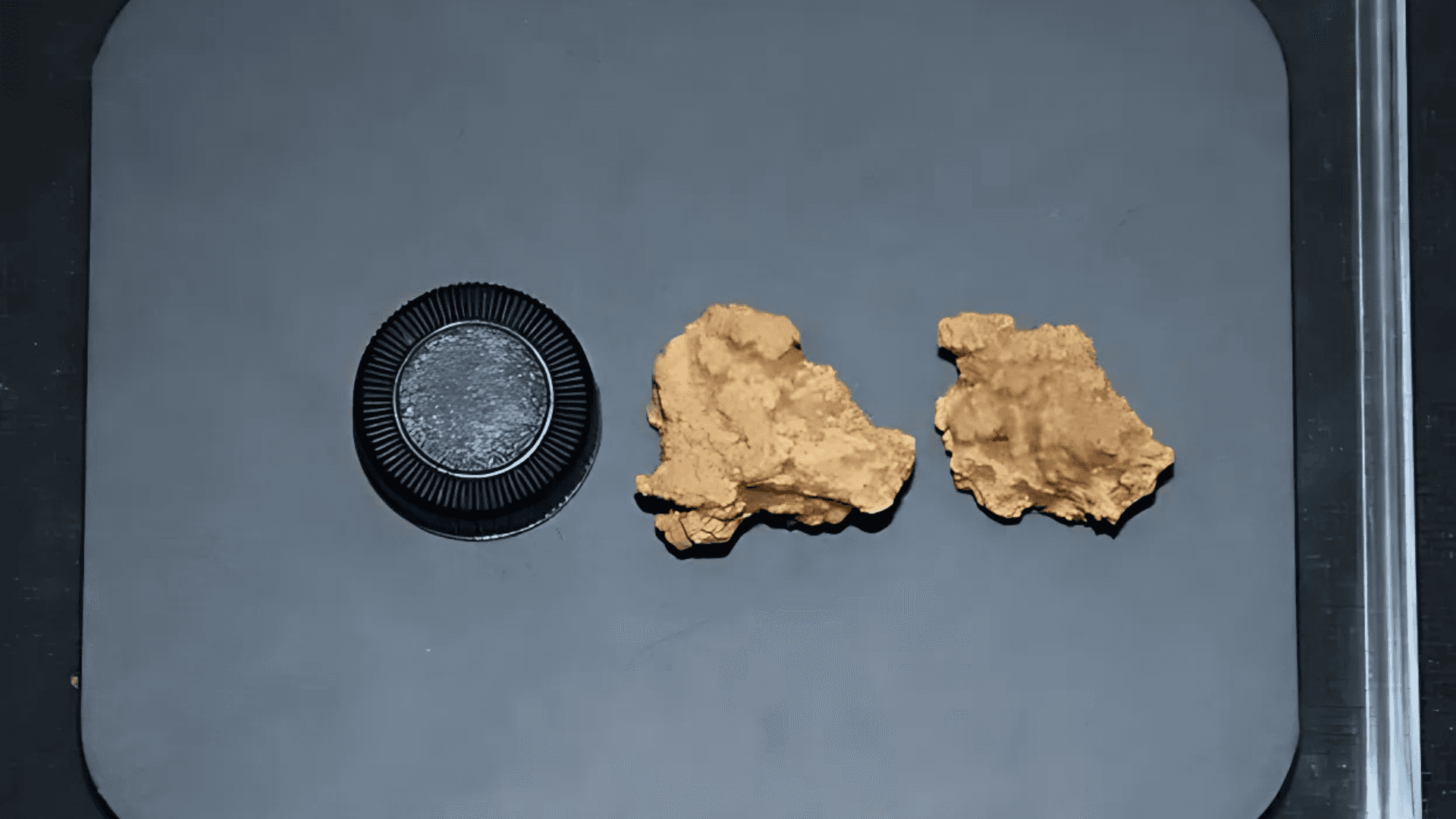
Pieces of cheese were found next to ancient mummies in China in 2003. Photograph by Yimin Yang.
Pieces of cheese were found next to ancient mummies in China in 2003. Photograph by Yimin Yang.
Pieces of cheese were found next to ancient mummies in China in 2003. Photograph by Yimin Yang.
Discover how a study of a 3,600-year-old cheese found in Chinese mummies reveals ancient fermentation secrets and cultural connections in Asia.
Discover how a study of a 3,600-year-old cheese found in Chinese mummies reveals ancient fermentation secrets and cultural connections in Asia.
Discover how a study of a 3,600-year-old cheese found in Chinese mummies reveals ancient fermentation secrets and cultural connections in Asia.
Researchers have made a fascinating discovery by analyzing cheese samples found in 3,600-year-old mummies in the Xinjiang region of China. DNA analysis confirmed that the cheese was produced from cow and goat milk and identified it as kefir, a fermented product that offers new clues about the spread of fermentation techniques across Asia.
Ancient Cheese and Fermentation Technique
The cheese found, considered the oldest preserved in the world, provides valuable information about the dietary practices of ancient Asian civilizations. Kefir, known for its health benefits, was produced with the help of grains that house a combination of bacteria and yeasts responsible for fermentation. The genetic analysis of these microorganisms allowed scientists to trace the dissemination route of the fermentation technique, which is believed to have started in Xinjiang and spread to Tibet and other regions of inland Asia.
Unknown Routes and Cultural Diffusion
The discovery of the cheese in the mummies reveals a previously unknown commercial and cultural route that may have contributed to the dissemination of technologies and knowledge about fermentation on the Asian continent. This exchange solidified kefir as an essential food in the diet of various cultures in the area.
Mystery Surrounding the Presence of Cheese in the Mummies
While the origin of the cheese has been confirmed, the reason it was around the mummies' necks remains a mystery. It is unclear whether the food had a ritual or symbolic function or was part of a specific funerary practice. This question continues to intrigue researchers, who are still investigating the role of this food in the life and death of these ancient populations.
This discovery expands our knowledge of ancient diets and food preservation techniques and reveals cultural connections between different regions of Asia, possibly established much earlier than previously thought.
—
Interested in learning more about the world's oldest cheese? Read all the details of this discovery in the full article by National Geographic. Click here to access.
Researchers have made a fascinating discovery by analyzing cheese samples found in 3,600-year-old mummies in the Xinjiang region of China. DNA analysis confirmed that the cheese was produced from cow and goat milk and identified it as kefir, a fermented product that offers new clues about the spread of fermentation techniques across Asia.
Ancient Cheese and Fermentation Technique
The cheese found, considered the oldest preserved in the world, provides valuable information about the dietary practices of ancient Asian civilizations. Kefir, known for its health benefits, was produced with the help of grains that house a combination of bacteria and yeasts responsible for fermentation. The genetic analysis of these microorganisms allowed scientists to trace the dissemination route of the fermentation technique, which is believed to have started in Xinjiang and spread to Tibet and other regions of inland Asia.
Unknown Routes and Cultural Diffusion
The discovery of the cheese in the mummies reveals a previously unknown commercial and cultural route that may have contributed to the dissemination of technologies and knowledge about fermentation on the Asian continent. This exchange solidified kefir as an essential food in the diet of various cultures in the area.
Mystery Surrounding the Presence of Cheese in the Mummies
While the origin of the cheese has been confirmed, the reason it was around the mummies' necks remains a mystery. It is unclear whether the food had a ritual or symbolic function or was part of a specific funerary practice. This question continues to intrigue researchers, who are still investigating the role of this food in the life and death of these ancient populations.
This discovery expands our knowledge of ancient diets and food preservation techniques and reveals cultural connections between different regions of Asia, possibly established much earlier than previously thought.
—
Interested in learning more about the world's oldest cheese? Read all the details of this discovery in the full article by National Geographic. Click here to access.
Researchers have made a fascinating discovery by analyzing cheese samples found in 3,600-year-old mummies in the Xinjiang region of China. DNA analysis confirmed that the cheese was produced from cow and goat milk and identified it as kefir, a fermented product that offers new clues about the spread of fermentation techniques across Asia.
Ancient Cheese and Fermentation Technique
The cheese found, considered the oldest preserved in the world, provides valuable information about the dietary practices of ancient Asian civilizations. Kefir, known for its health benefits, was produced with the help of grains that house a combination of bacteria and yeasts responsible for fermentation. The genetic analysis of these microorganisms allowed scientists to trace the dissemination route of the fermentation technique, which is believed to have started in Xinjiang and spread to Tibet and other regions of inland Asia.
Unknown Routes and Cultural Diffusion
The discovery of the cheese in the mummies reveals a previously unknown commercial and cultural route that may have contributed to the dissemination of technologies and knowledge about fermentation on the Asian continent. This exchange solidified kefir as an essential food in the diet of various cultures in the area.
Mystery Surrounding the Presence of Cheese in the Mummies
While the origin of the cheese has been confirmed, the reason it was around the mummies' necks remains a mystery. It is unclear whether the food had a ritual or symbolic function or was part of a specific funerary practice. This question continues to intrigue researchers, who are still investigating the role of this food in the life and death of these ancient populations.
This discovery expands our knowledge of ancient diets and food preservation techniques and reveals cultural connections between different regions of Asia, possibly established much earlier than previously thought.
—
Interested in learning more about the world's oldest cheese? Read all the details of this discovery in the full article by National Geographic. Click here to access.
Compartilhar em:
Compartilhar em:

DeepSeek AI: o chatbot chinês que está sacudindo o mercado global
Feb 7, 2025

Estudo revela que a vida social ativa pode reduzir o risco de demência
Feb 4, 2025

Ano Novo Lunar 2025: a chegada do Ano da Serpente
Jan 30, 2025

Nova hipótese sobre a origem dos dinossauros desafia conceitos tradicionais
Jan 27, 2025

Ambiente potencialmente habitável em Marte é descoberto pelo Perseverance
Dec 20, 2024

As emoções e o corpo humano: conexões milenares nos textos neo-assírios
Dec 20, 2024

Estudo relaciona poluição do ar ao risco de tromboembolismo venoso
Dec 20, 2024
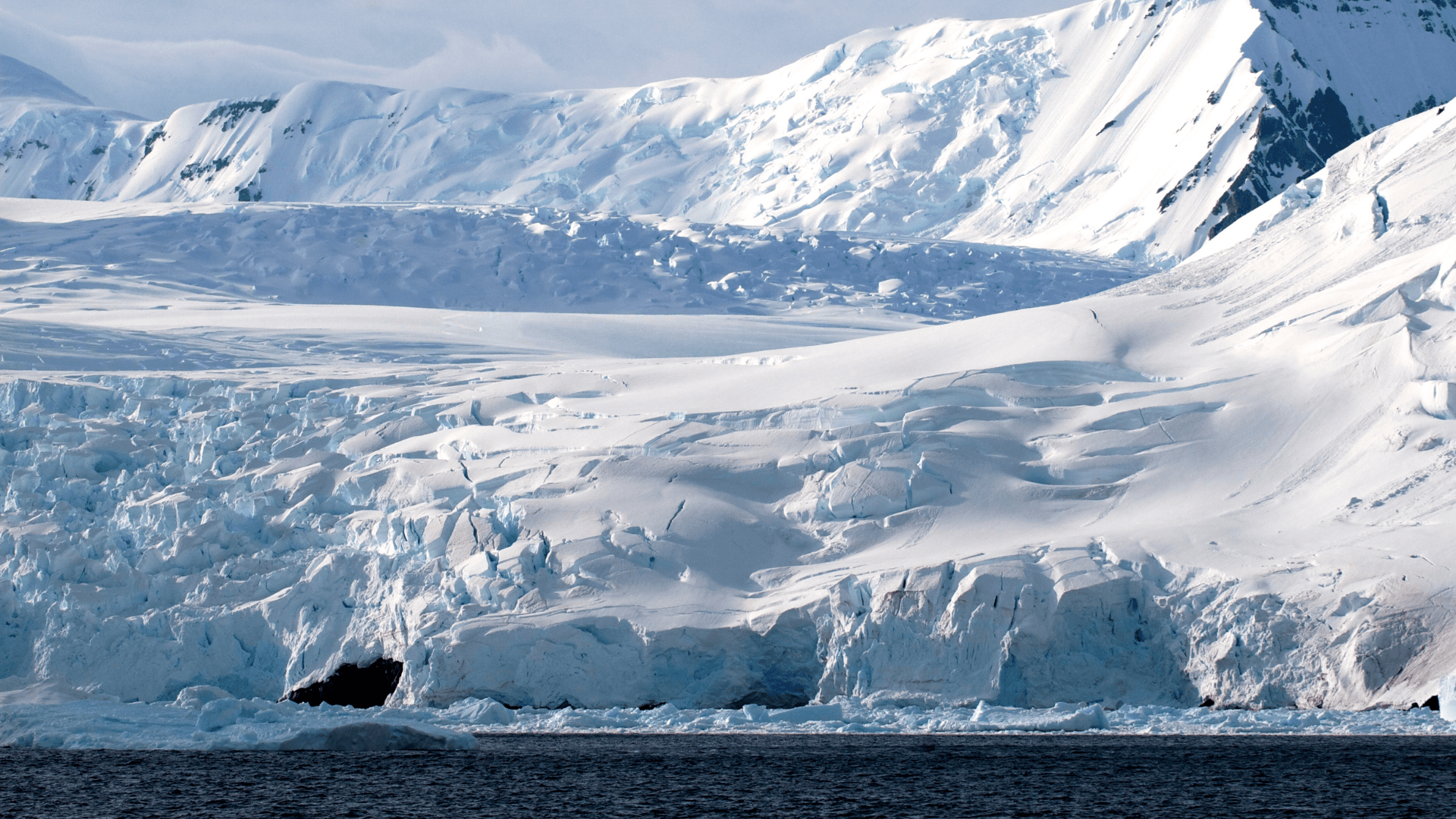
Colapso da plataforma de gelo Conger: alerta para a Antártica Oriental
Dec 20, 2024

Revolução XRISM: novas descobertas sobre buracos negros supermassivos
Oct 15, 2024

Estudo aponta que duplicação do gene AMY1, relacionado à digestão de amido, precede a agricultura
Oct 14, 2024

Nascimentos na UE caem para menos de 4 milhões pela primeira vez desde 1960
Oct 11, 2024

Escavação na Dinamarca revela 50 esqueletos Viking incrivelmente preservados
Oct 10, 2024

Estudo indica maior incidência de asma e rinite alérgica em pessoas nascidas no outono e inverno na Finlândia
Oct 9, 2024

Estudo demonstra semelhanças entre a puberdade de adolescentes da Idade do Gelo e jovens modernos
Oct 8, 2024

Análise de DNA em múmias chinesas de 3.600 anos revela queijo mais antigo do mundo
Oct 7, 2024
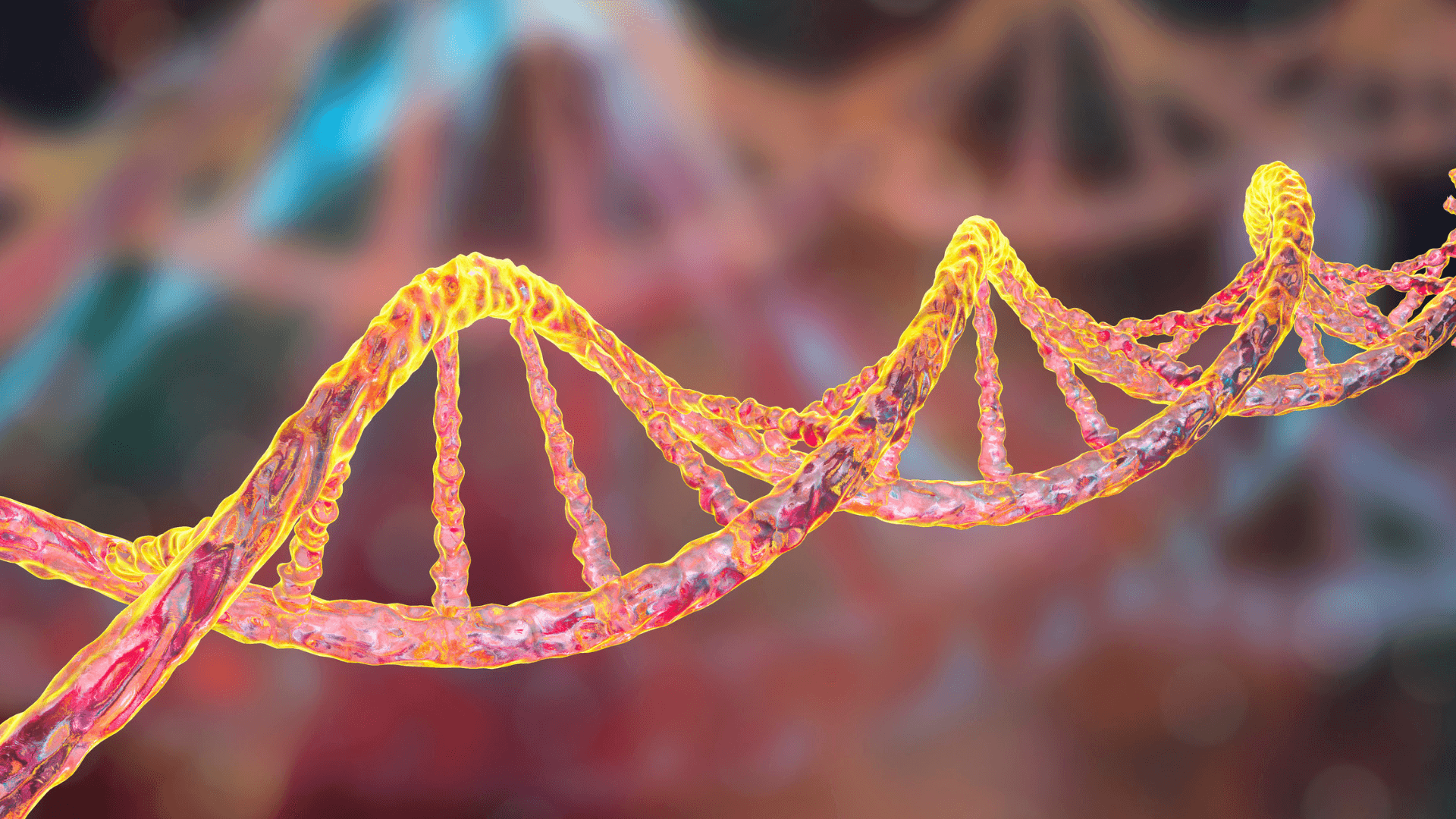
Estudo revela estabilidade genética de populações da África Austral por 10 milênios
Oct 4, 2024
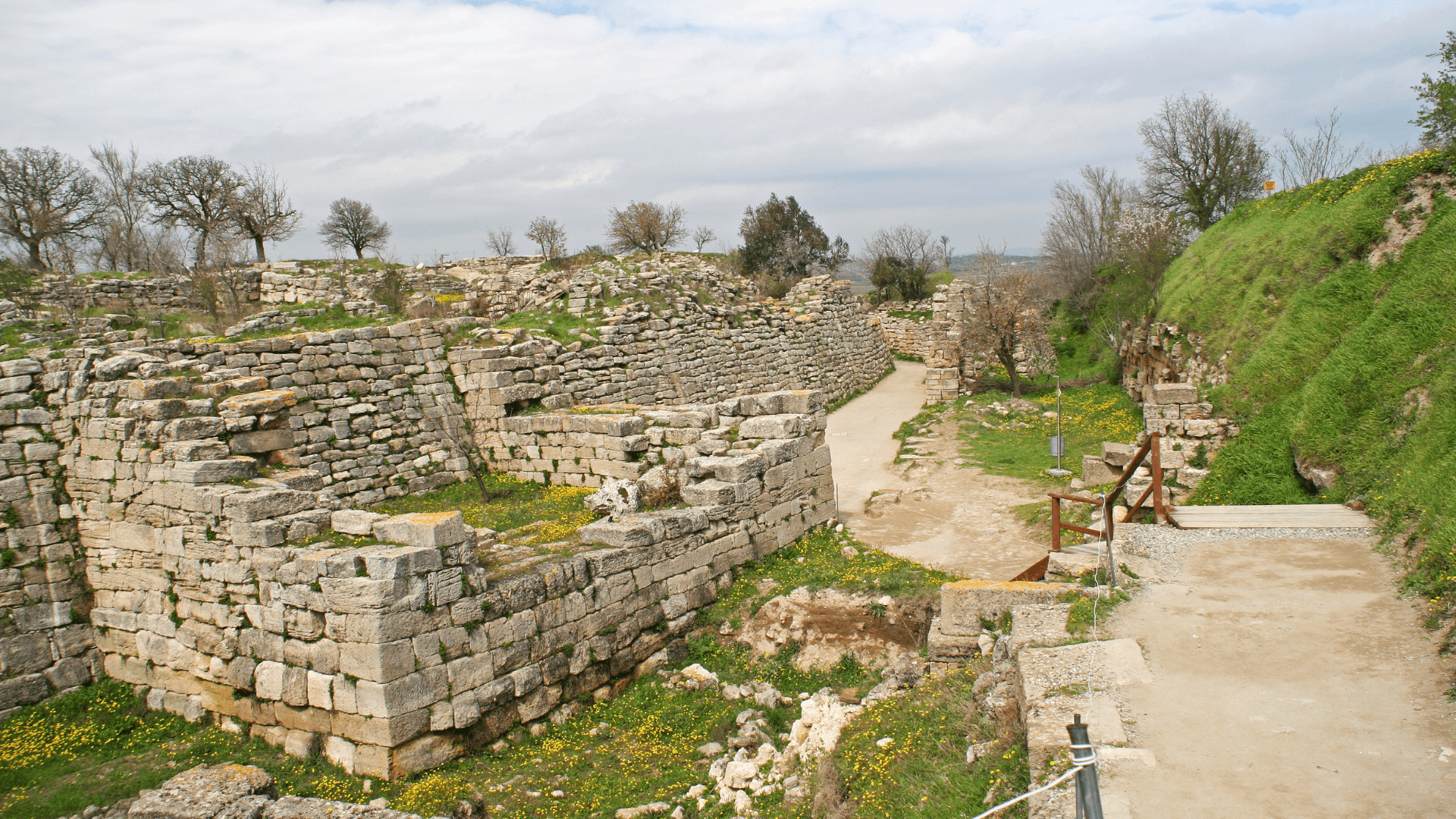
Nove lugares míticos que podem ter existido, segundo descobertas arqueológicas
Oct 3, 2024
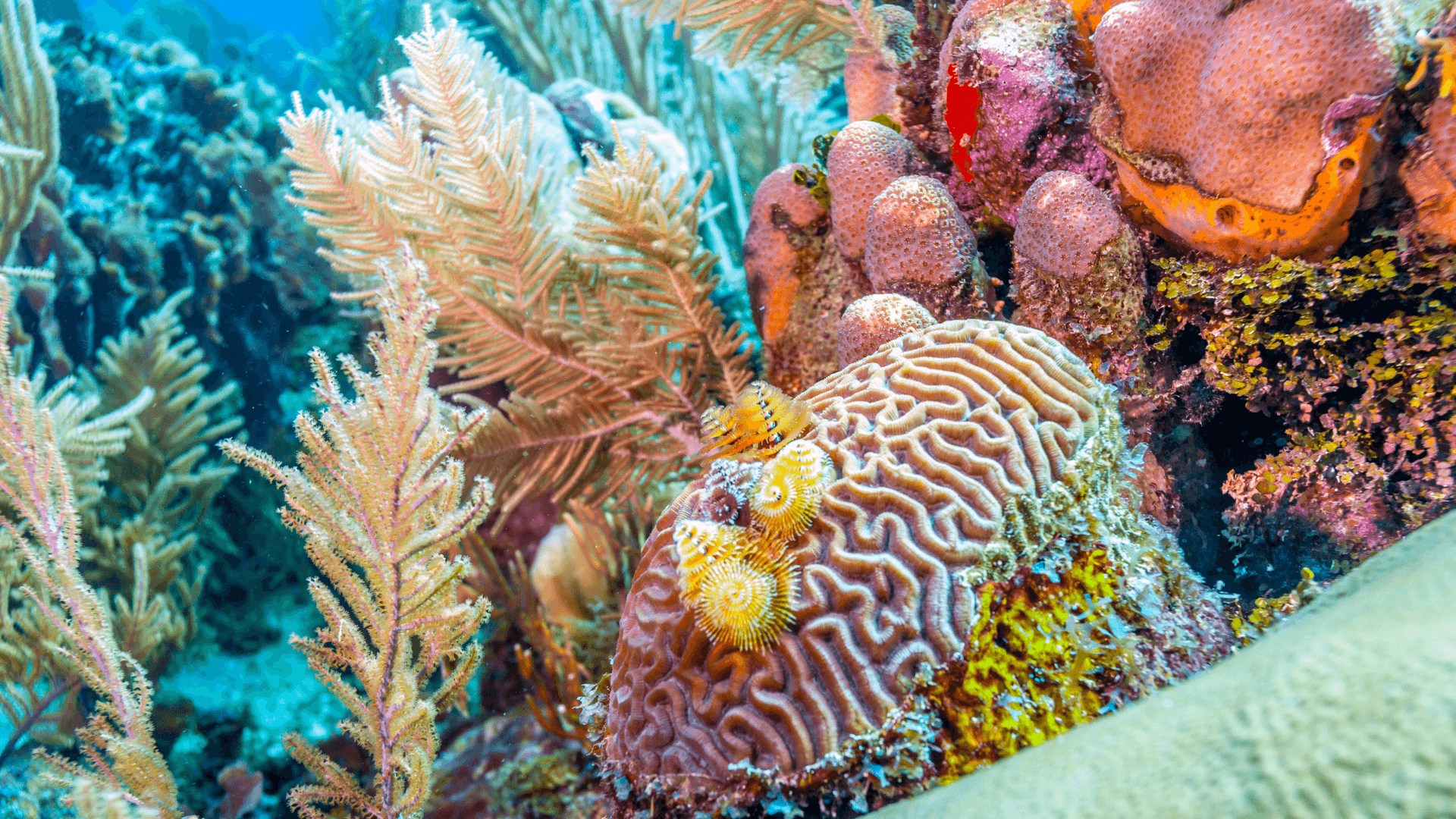
Como os direitos humanos podem salvar recifes de coral e responsabilizar governos
Oct 2, 2024

Relatório da Carbon Brief aponta que 2024 pode ser o ano mais quente da história
Sep 4, 2024

Clima determina a distribuição de mamíferos, revela estudo da Universidade Estadual da Carolina do Norte
Sep 4, 2024
Ver Também
Ver Também
Ver Também
Ver Também

DeepSeek AI: o chatbot chinês que está sacudindo o mercado global
Feb 7, 2025

Estudo revela que a vida social ativa pode reduzir o risco de demência
Feb 4, 2025

Ano Novo Lunar 2025: a chegada do Ano da Serpente
Jan 30, 2025

Nova hipótese sobre a origem dos dinossauros desafia conceitos tradicionais
Jan 27, 2025

Ambiente potencialmente habitável em Marte é descoberto pelo Perseverance
Dec 20, 2024

As emoções e o corpo humano: conexões milenares nos textos neo-assírios
Dec 20, 2024

Estudo relaciona poluição do ar ao risco de tromboembolismo venoso
Dec 20, 2024

Colapso da plataforma de gelo Conger: alerta para a Antártica Oriental
Dec 20, 2024

Revolução XRISM: novas descobertas sobre buracos negros supermassivos
Oct 15, 2024

Estudo aponta que duplicação do gene AMY1, relacionado à digestão de amido, precede a agricultura
Oct 14, 2024

Nascimentos na UE caem para menos de 4 milhões pela primeira vez desde 1960
Oct 11, 2024

Escavação na Dinamarca revela 50 esqueletos Viking incrivelmente preservados
Oct 10, 2024

Estudo indica maior incidência de asma e rinite alérgica em pessoas nascidas no outono e inverno na Finlândia
Oct 9, 2024

Estudo demonstra semelhanças entre a puberdade de adolescentes da Idade do Gelo e jovens modernos
Oct 8, 2024

Análise de DNA em múmias chinesas de 3.600 anos revela queijo mais antigo do mundo
Oct 7, 2024

Estudo revela estabilidade genética de populações da África Austral por 10 milênios
Oct 4, 2024

Nove lugares míticos que podem ter existido, segundo descobertas arqueológicas
Oct 3, 2024

Como os direitos humanos podem salvar recifes de coral e responsabilizar governos
Oct 2, 2024

Relatório da Carbon Brief aponta que 2024 pode ser o ano mais quente da história
Sep 4, 2024

Clima determina a distribuição de mamíferos, revela estudo da Universidade Estadual da Carolina do Norte
Sep 4, 2024